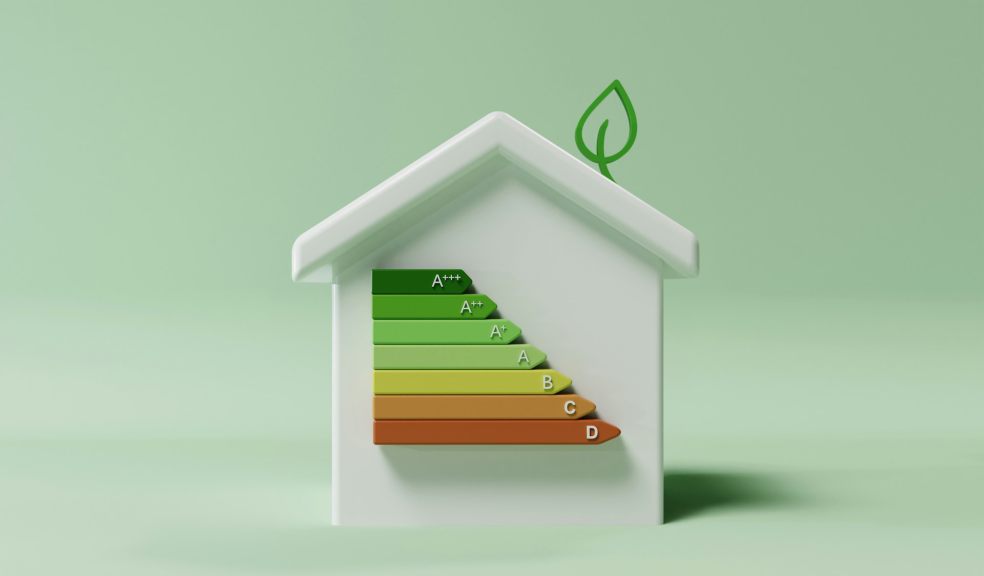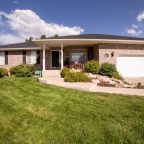
Boiler Efficiency Ratings and Smart Heating Upgrades
Boiler efficiency ratings indicate the effectiveness of a boiler in converting fuel to heat. The best ratings consume less energy. Bills fall. Comfort improves. Regeneration preferences support climate objectives as well. A significant number of households continue to operate with older boilers. To provide the same quantity of heat, these devices require more gas. When they are replaced, it can reduce costs quickly. Checking boiler efficiency ratings before upgrading ensures a smarter choice. That keeps unexpected failures out in winter.
How Ratings Are Worked Out
The boiler efficiency rating is in percent. It measures the heat energy produced by the fuel used. In actual use, modern condensing boilers attain approximately ninety percent. G-rated systems that are older might be around 70 per cent. The establishments display the ErP label. It works best in space heating. Comparing models is easy with this label. A check on the data sheet is essential, always. It gives seasonal numbers.
What the Labels Mean in Practice
Most of the energy is converted into heat using an A-rated boiler. Less heat is emitted into the flue. Controls assist as well. Load and weather are essential. Every system is challenged by cold days. Smart curves maintain low temps on flows, which maintains optimum performance. However, A-rated units continue to have a far better performance than the older types.
Grants that Ease the Switch
The upfront expense can help check the cost of upgrading. The government grants to replace storage heaters are available. These programmes aid low-income households and households experiencing energy poverty. They support people in switching from old electric heaters. The objective is to have cleaner and cheaper systems installed. Insulation is an expense paid by some programmes, which enhances the effect of a new boiler. Real savings are realised through grants and upgrades together.
Bills, Comfort, and Quick Wins
Minor improvements reap fast rewards. A connected thermostat helps reduce wastage. Lower flow temperatures can boost efficiency. Preheats are helpful as well. High ratings go hand in hand with better controls. Your feeling is calmer and more consistent without so many disruptions. Fuel consumption decreases without compromising comfort. Such steps are inexpensive.
Cleaner Heat, Smaller Footprint
As ratings per degree of heat increase, energy expenditure falls. This implies reduced carbon emissions. Older units that have been retired enhance air quality. Families enjoy the peace and quiet in their rooms. Contemporary pumps and burners are smooth-running and reduced strain results in less repair. In the long term, the upgrade is usually repaid by savings. Then on lower bills, the sequence is resumed.
Who Qualifies for Help?
Provincial and scheme-specific rules apply. People concentrate on pay, benefits, or low EPC ratings. The landlords are to adhere to the stipulated standards in renting. In the case of grants, have bills and evidence of address available.
An certified installer will make arrangements to visit your house and inspect it. They verify what you may claim. There are expedited offers. It is better to apply earlier on to avoid missing grants.
Home Energy Guide is the best option if you are searching for a trustworthy company or service provider. Make contact with them and request their help.
Picking the Right Boiler Size
Size matters. An oversized boiler cycles on and off. That wastes fuel and hurts parts. A heat loss survey establishes the appropriate output. Good installers must also check understandable hot water requirements. Larger houses can have a system boiler with a cylinder. Flats are a good fit for a combo. Select the lowest output that is sufficient. Combine it with a powerful boiler rating.
Care Tips to Keep Efficiency High
Do a boiler check-up annually. Clean burners enhance the quality of flame. Monitor the check system pressure once a month. Bleed the radiators when tops are cool. Fit thermostat valves to control all the rooms. To maintain low temperatures in the flows to the comfortable extent, use lag pipes to prevent heat loss. Where feasible, use weather compensation. These habits make the rating new.
What Not To Do When Upgrading
There is no need to omit insulation. Poor loft or cavity walls erase gains. Find cheap, untested brands to avoid. It is difficult to find parts later. Ignore unclean systems, clogged heat exchangers, and poor water quality. The flush should always include an inhibitor. A magnetic filter will be used. Request an adequate benchmark record. It demonstrates that the job passes the requirements of the standards.
Final Thoughts
Begin by checking your current rating. Compare bills for similar homes. In the case of high costs, please upgrade it. Make sure that each of the models you look at has visible boiler efficiency ratings. Focus not strictly on price, but also on the weight of cost. Ask reputable installers with fair reviews. There are also government grants to replace storage heaters, in addition to heating with old electric units. The upgrade to the right reduces the bills, reduces the carbon, and also keeps your rooms properly warm.













